Adobe MAX 2008 Recap
November 24th, 2008 by Dylan
I was invited to speak at Adobe MAX this year on the topic of Building Desktop Applications Powered by Dojo and Adobe AIR. The talk summarized the key things we’ve learned at SitePen in adding AIR support to Dojo, as well as working on the Dojo Toolbox and the Dojo Extensions for Adobe AIR. Full slides from the talk are now available:
During the talk, I mentioned the frustrations we had with ShrinkSafe and not being able to execute Java code from AIR. After the talk, one of the attendees mentioned the Merapi project, which aims to build a bridge from AIR to Java, which looks like an interesting solution to our problem of needing a place to run Rhino within our Builder tool:
Another audience member suggested we also look at a Java to ActionScript Converter. While likely not ideal for what we are doing, there’s an interesting push around the edges to solve our problem.
Aptana also showed off support for AIR debugging for Ajax Developers within Aptana Studio.
The talk of MAX so far is Flash Catalyst, a new approach to solving the tooling problem for interaction design. At this point, I have mixed feelings about the usefulness and approach of Catalyst.
At the keynote, there was a focus on a number of the great features of Flash 10, including:
- 3-D cloth simulation with a video texture
- 3-D analyzer triggered by the audio spectrum
- Pixel Bender stuff brings After Effects type abilities
- New Video component handles multiple streams and true bandwidth detection which seamlessly switches between different bit rates if a user consumes more or less bandwidth (e.g. connection or opening other windows/tabs/videos)
- The multiple streams don’t have to be for multi-bit rate – they can also be used for playlists
- Support for SMIL
- Maria Shriver was there. We still don’t know why.
The new Flash text engine is also significantly improved. It handles nice ligatures and can mix international text with local text, and the ligatures in the same text box. Supports now exists for left to right rendering, and not only does text on a path, but with full animated support.
Digital Audio Signal Processing in Flash 10 was a very popular session, and very informative, since the dynamic sound feature is under-documented. Basically, you extract the data from an MP3 file, or create synthesized sounds, and then you can manipulate the bits to add effects.
At Sneaks, Adobe engineers showed off a number of experimental technologies being worked on today. The overall production quality of the demos was great, though the applause-o-meter used to judge the winning entries did not seem to actually work. Meer Meer was interesting, as well as some of the efforts towards object cropping in images. Adobe also introduced Durango for assembling mashups and widgets, which in some ways is like ProjectZero.
After Sneaks, there was a great party at the recently reopened California Academy of Sciences. I hadn’t been there in more than 20 years, and it was a great venue for having a drink, entering a rain forest, walking underneath an aquarium, checking out a view of the city, playing foosball, and enjoying an eclectic variety of musical entertainment. Adobe threw a great party at an amazing venue.
Finally, the introduction of 64-bit Flash for Linux was a great move as it is the first platform to receive a 64-bit version, rather than being a distant third to Mac and Windows. From what I can tell, this removes one of the last obstacles to getting AIR launched on Linux as well.
Overall, the quality of the conference was great and had something to offer anyone interested in web development or web design. While there was the expected marketing slant towards Flash and Flex-based products, I appreciate Adobe inviting us to speak about SitePen and our work on open web technologies.
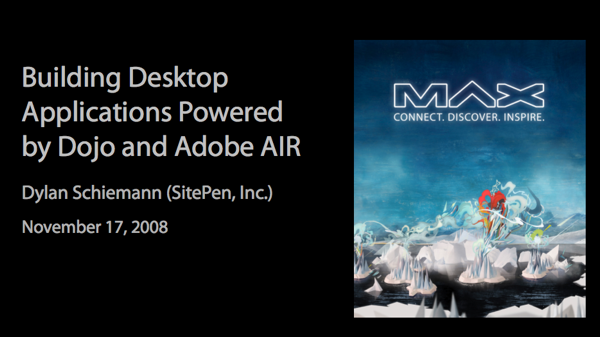
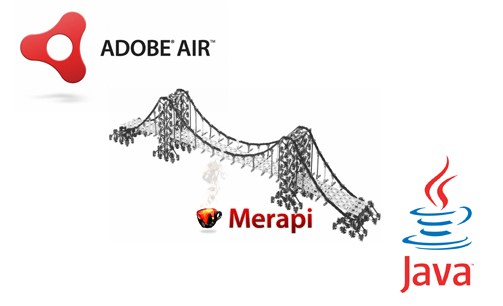
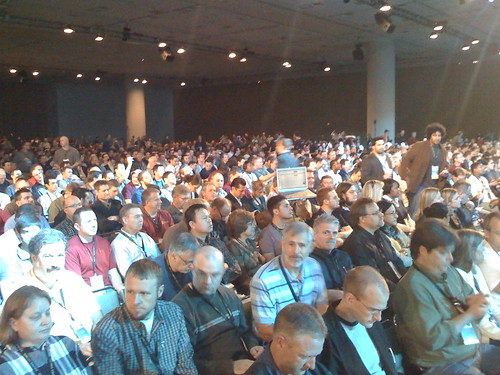
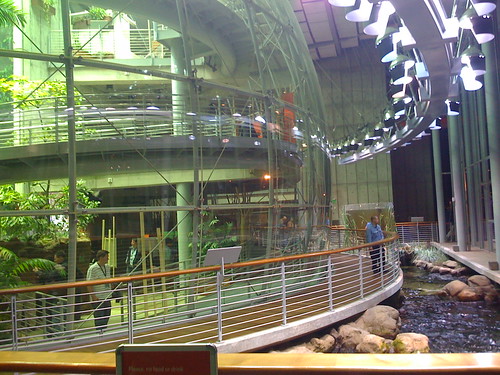
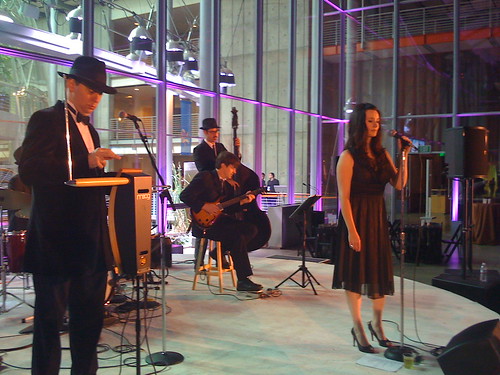
Nice recap. Just a comment about Flash on Linux. I’ve been running Ubuntu exclusively on my laptop for over a year now. Though it’s 32-bit, Flash performance has some issues that remain as yet unaddressed:
a) Flash is responsible for 99.9% of my web browser crashes (currently Firefox 3). Some of this is related to PulseAudio linux sound system issues. Nonetheless, having your browser hang, sometimes 3 times in a day, is not nice.
b) Flash consumes a very large amount of CPU. I can get away with watching Hulu.com shows, but Fancast.com (which has a larger ‘screen size’ for their videos) pretty much guarantees my fan will remain on the whole time — unacceptable.
Don’t get me wrong, Flash serves it’s purpose, but unless these issues are resolved, it will not be the treat I’d like to have it be. I’m aware I’m stating a minority opinion, but it’s still a valid one.
By the way, Firefox’s uncoming inclusion of Ogg / Theora codecs may just open the road to pushing Flash out of the video streaming spotlight. Considering it’s open source software, I’d say the odds aren’t half bad.
@Howard, as a big user of the “Flash Block” extension, I know exactly what you mean and I’m obviously a big proponent of great open source software. That said, I’ve become a fan of AIR as a platform for open web development for desktop apps.
Hi, Dylan:
Can we use Ajax AIR with Merapi project? I’ve checked out the forum of Merapi project, seemed that’s not available to Ajax AIR…
Regards,
@Frank: It’s exactly what Merapi is created to do. That said, it is currently an alpha quality release, so it may not be ready for use in production. It is open-source, I’m sure they could use help in getting there faster.